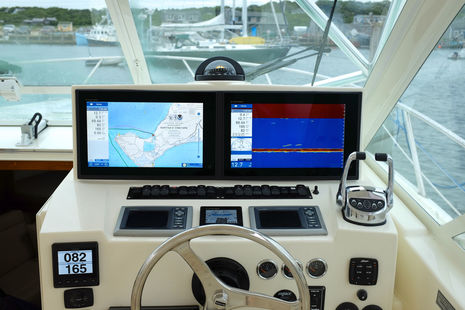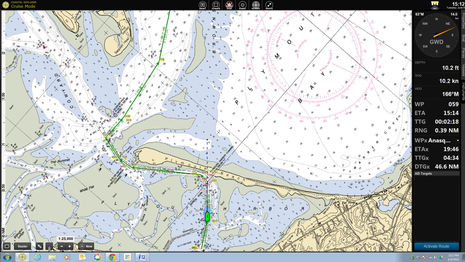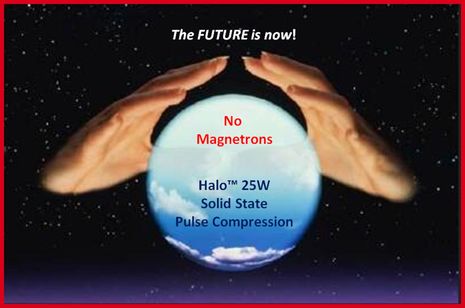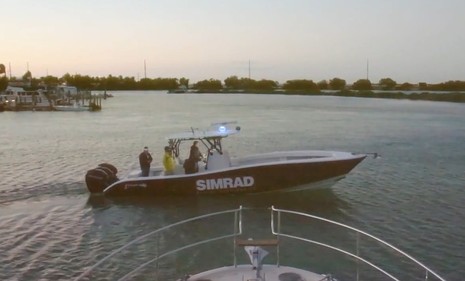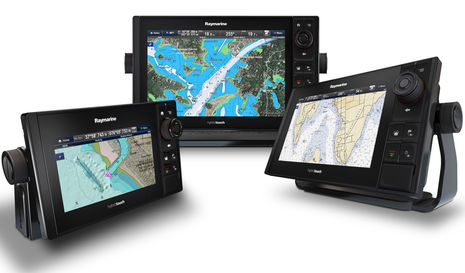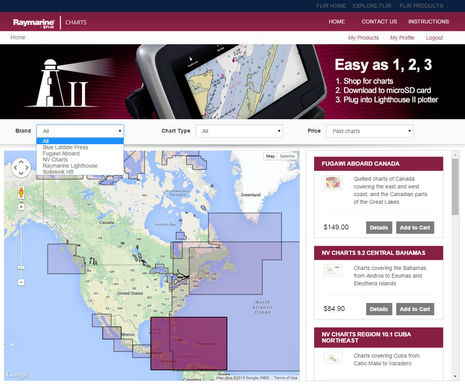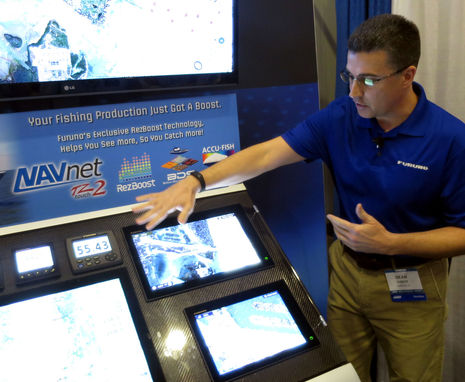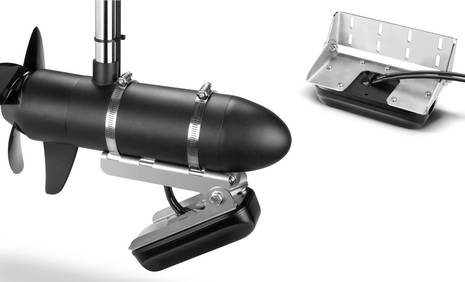Furuno NavNet TZ Touch 2, First Impressions on the Water
A few days ago, just about every square inch of panel space on the main helm of my 32-foot Carolina Classic express-style sportfishing boat got covered over with the shiny black glass of two new Furuno TZTL 15F multifunction displays, the newly launched second generation of the Furuno TZ Touch series. The rest of the system includes a 12kW four-foot open array radar, a DFF1-UHD black box sonar, a smaller first-generation TZT 9 display mounted on the tower helm, and a Furuno 711C autopilot.



